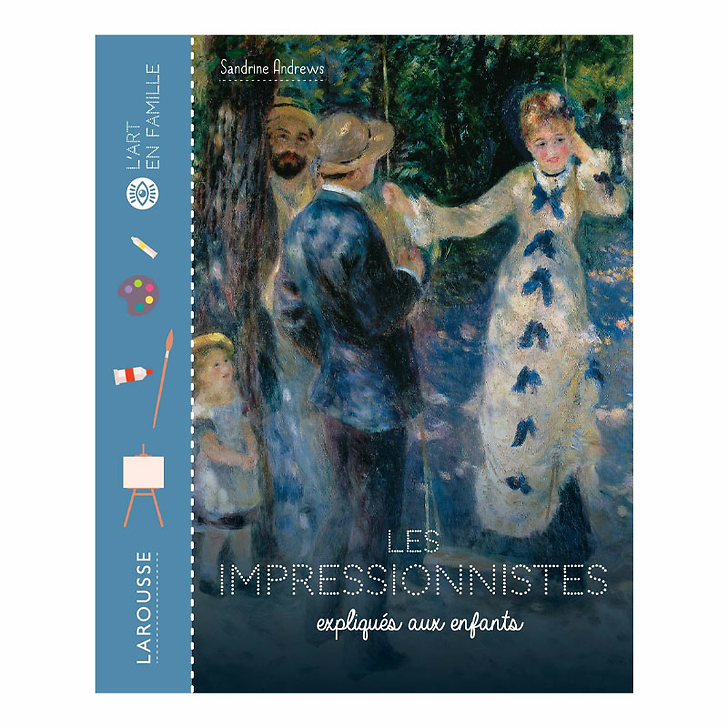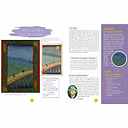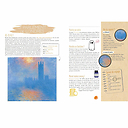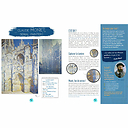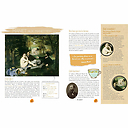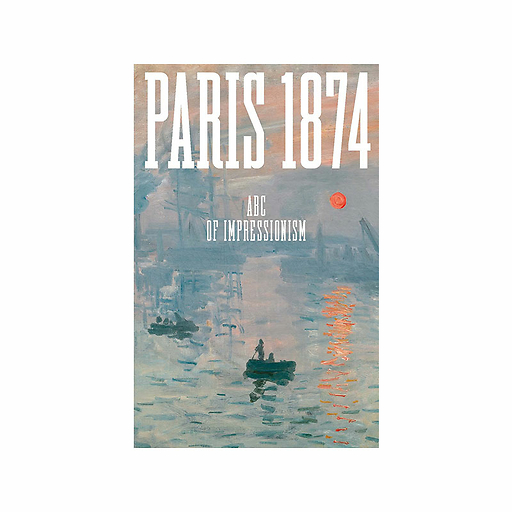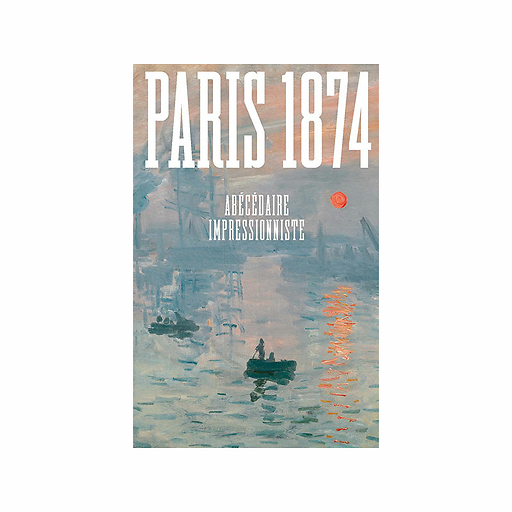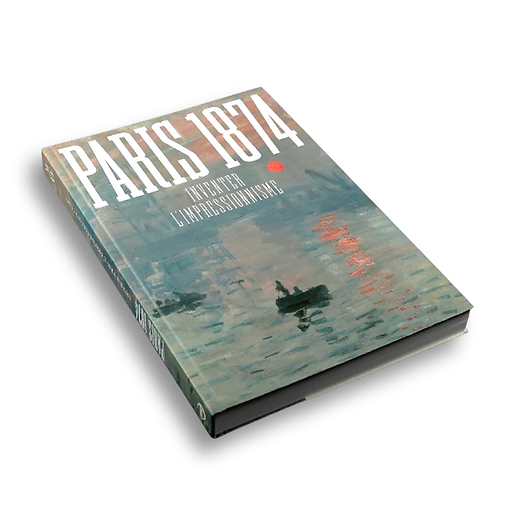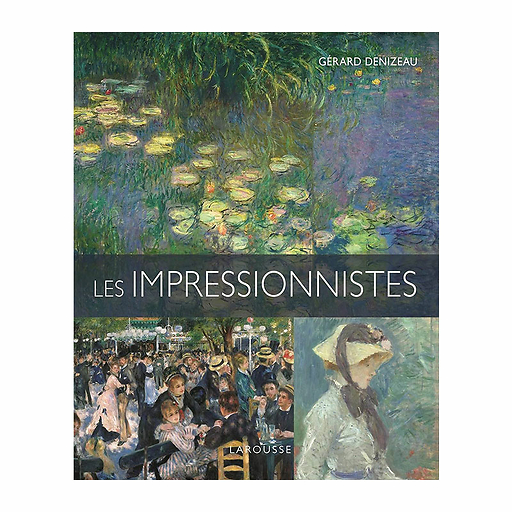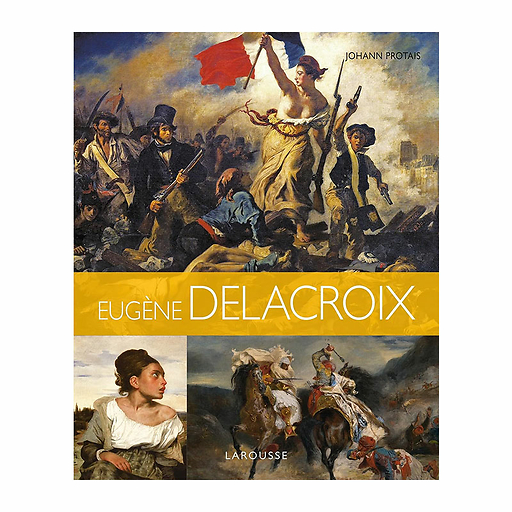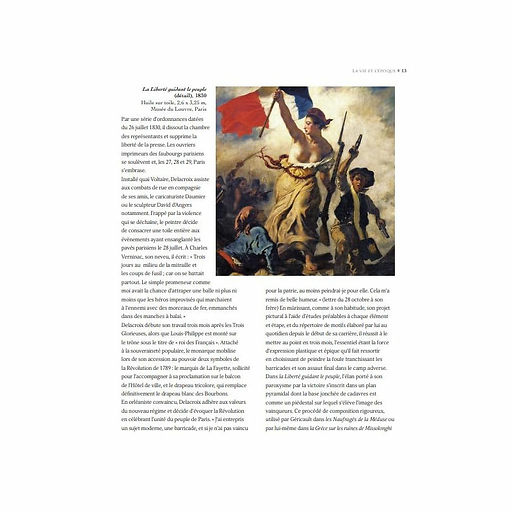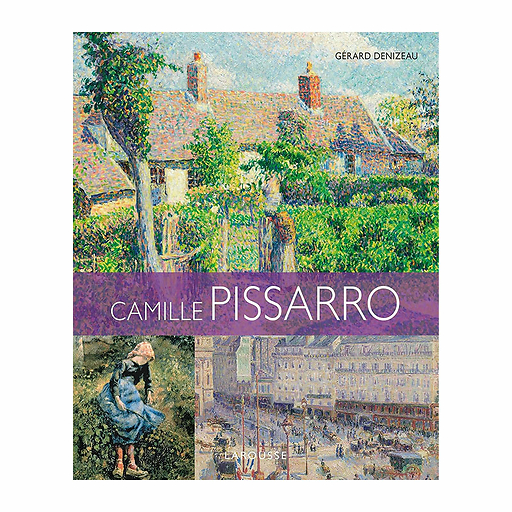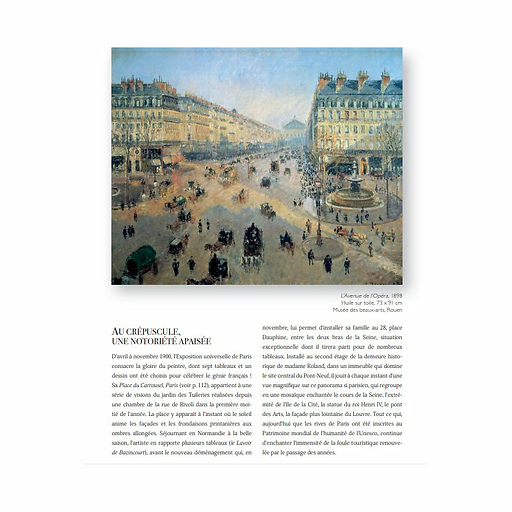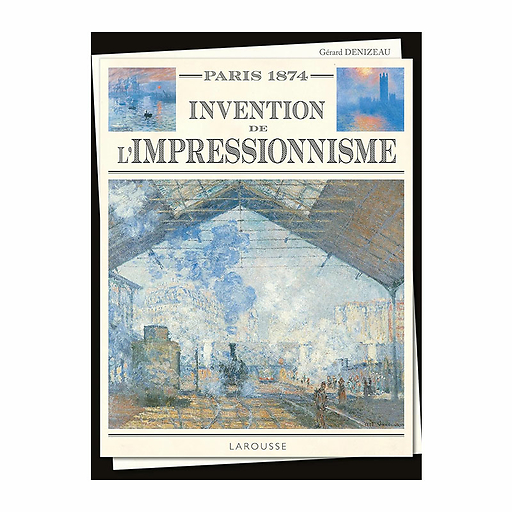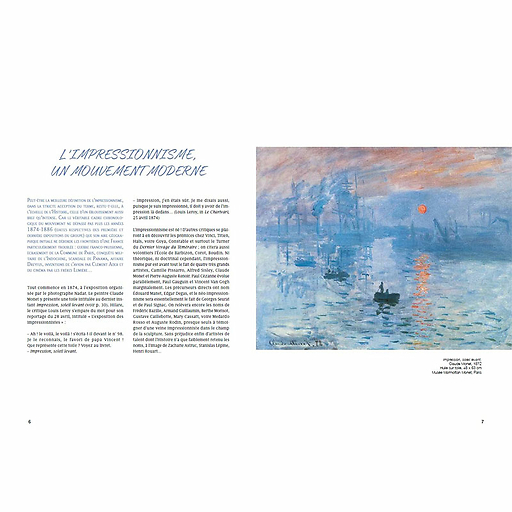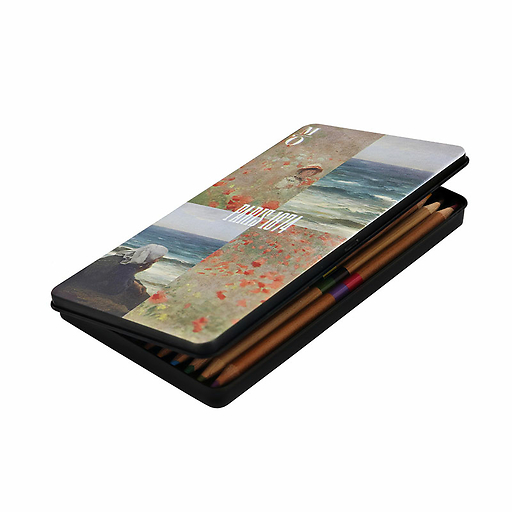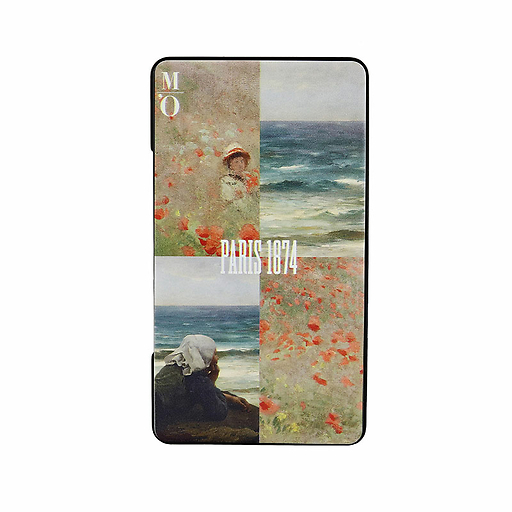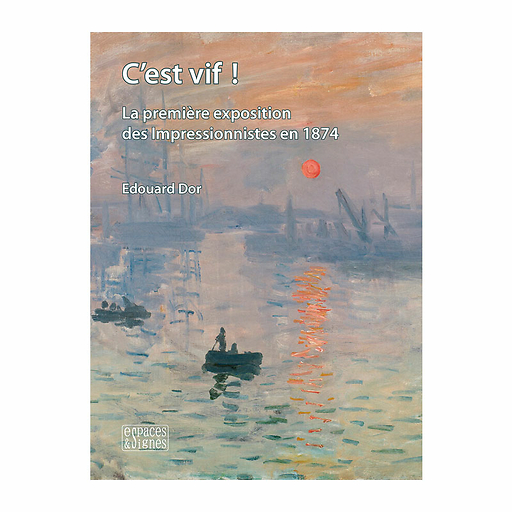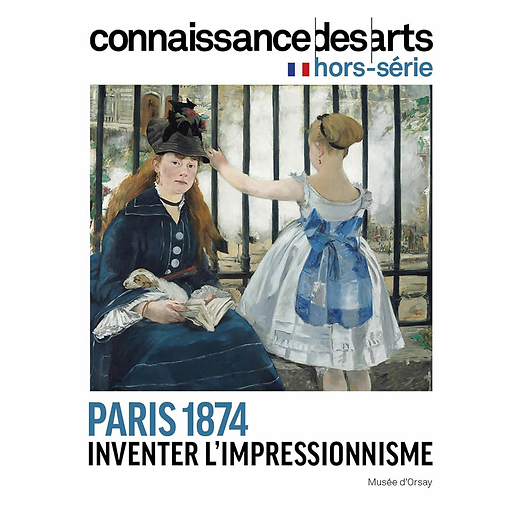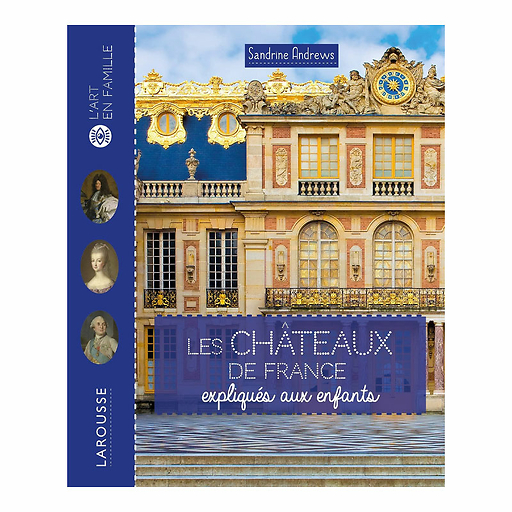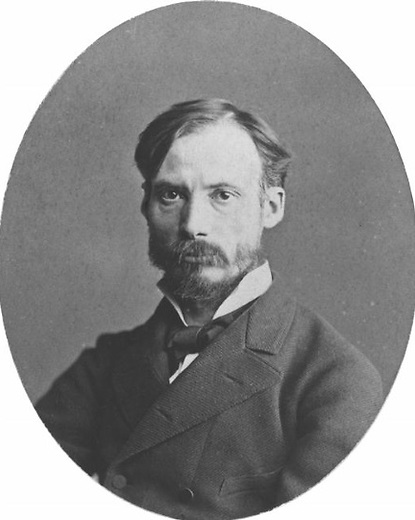WRITTEN IN FRENCH
Impressionism is one of the best known but also the richest and most fascinating artistic movements.
Who were the greatest painters? How have their paintings changed art? what are the biggest themes and techniques used?
Through the greatest masterpieces, commented in an accessible...
Read more
WRITTEN IN FRENCH
Impressionism is one of the best known but also the richest and most fascinating artistic movements.
Who were the greatest painters? How have their paintings changed art? what are the biggest themes and techniques used?
Through the greatest masterpieces, commented in an accessible and evocative style, this album will lead its little readers to encounter a style, a technique, an art, but also a life... From Monet to Degas via Berthe Morisot and Manet, more than 50 paintings are deciphered in a simple and accessible way.
For each of them, find:
a short history of the work and the artist
a scenario with evocation of the context
a decryption of 2 to 3 details or symbols
a summary of the essential points to remember
From 8 years
French
128 pages
Éditions Larousse
Close

